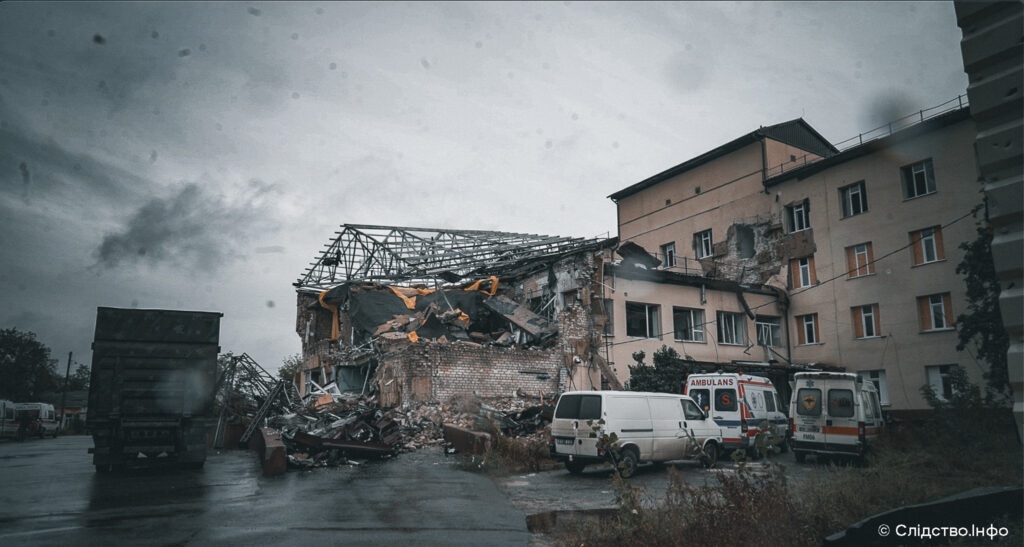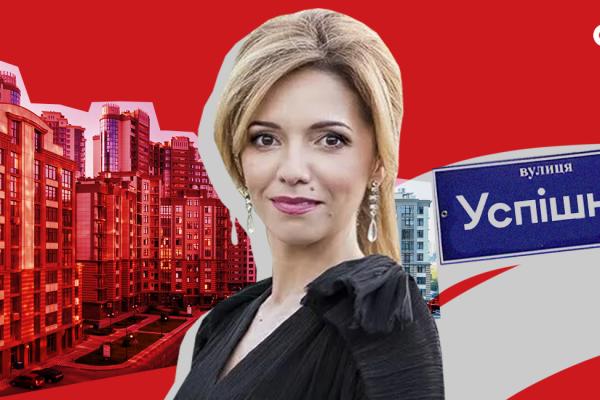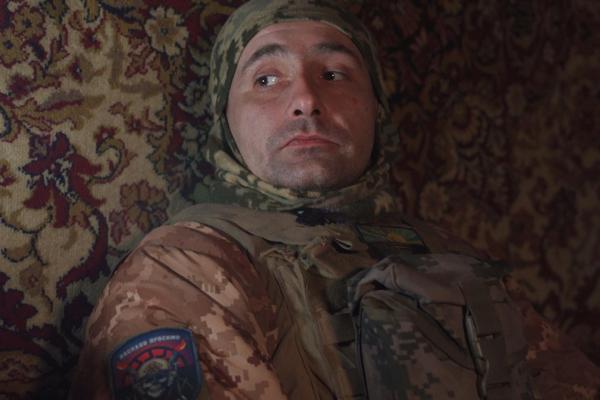The bright red sign “Mines” is more noticeable than the hospital building itself. Next to it is a marking tape, behind which sappers have not yet checked the territory. At the entrance, there is a soggy A4 sheet on which “The hospital is working” is handwritten in blue ink. Although in reality, it seems different, because part of the medical institution was swept away by several shell hits – it was the main entrance and a new surgical unit.
Izyum has been under occupation for more than 5 months. All this time, the hospital remained a place where life was supported. Slidstvo.info visited the Izyum hospital and talked to doctors who, despite the occupation and terrible working conditions, continued to save people all this time.
The video has English subtitles.
SURGERIES IN THE DARK
Near the hospital, the city really seems alive, because the corridor of the institution, unlike the streets of Izyum, is crowded. Some of the patients were evacuated to Sloviansk at the beginning of the full-scale war, others moved to the basement together with the staff.
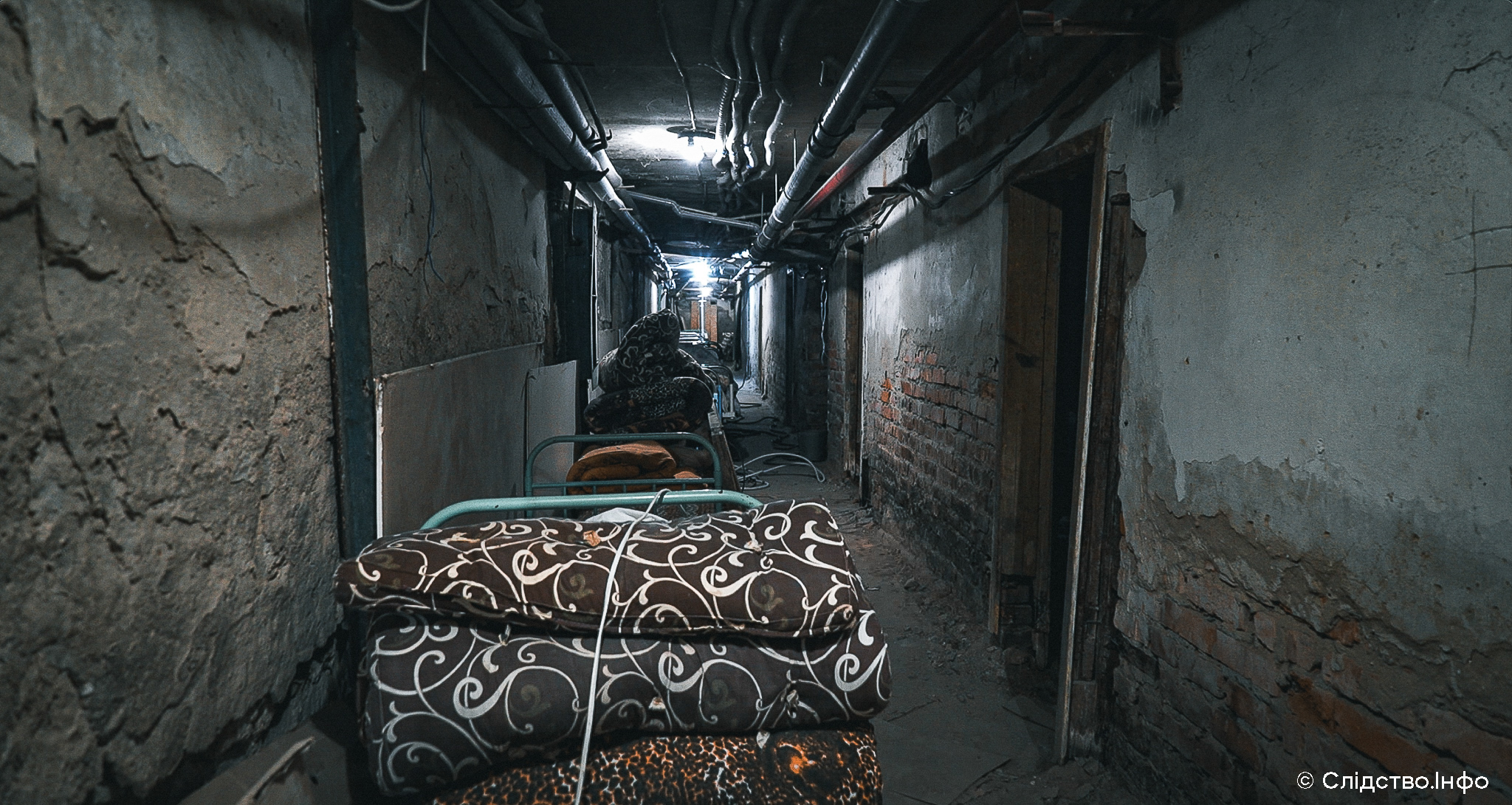
Beds for patients in the basement of Izyum City Hospital
“Well, you know, there is no sterility that should be in the operating theatre, especially in the basement – there is no lighting,” says the surgeon of the Izyum hospital Anatoliy Kovalenko, “We worked all the time on a diesel generator, there were no usual tools – electrocoagulators or anything else.”
They had to operate a lot and virtually blindly. Sometimes more than 10 patients with severe shrapnel wounds were admitted to the hospital at the same time.
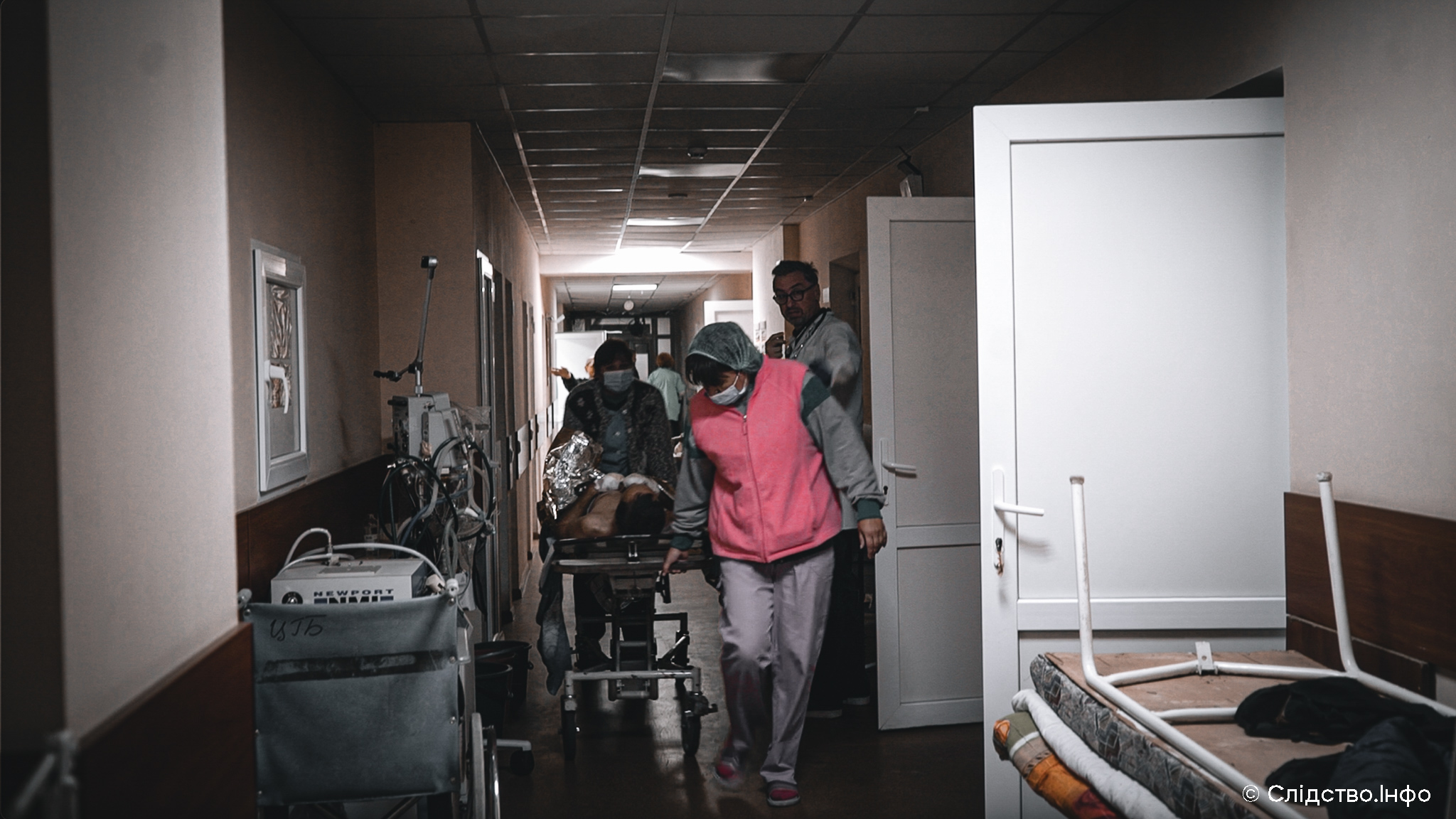
Medical workers of the Izyum city hospital provide assistance to the wounded man
“I had one doctor, he also could not stand it in May and left the city. After the 9th (May 9 – ed.), two medical workers came to us and said: “Yuriy Yevheniyovych, we can’t stand it”. We had either 12 or 17 wounded then,” recalls the traumatologist Yuriy Kuznetsov.
He was in the hospital throughout the occupation. For the first 4.5 months, he says, he did not leave the building at all, because he had to help the patients both day and night, and not everyone could stay on duty.
“We all had depression here all around. We supported each other, and comforted each other with different words and actions. But with each saved life you think: “After all, it was not in vain”. This is what we stood and stand on”, Yurii Yevheniiovych says, showing the basement.
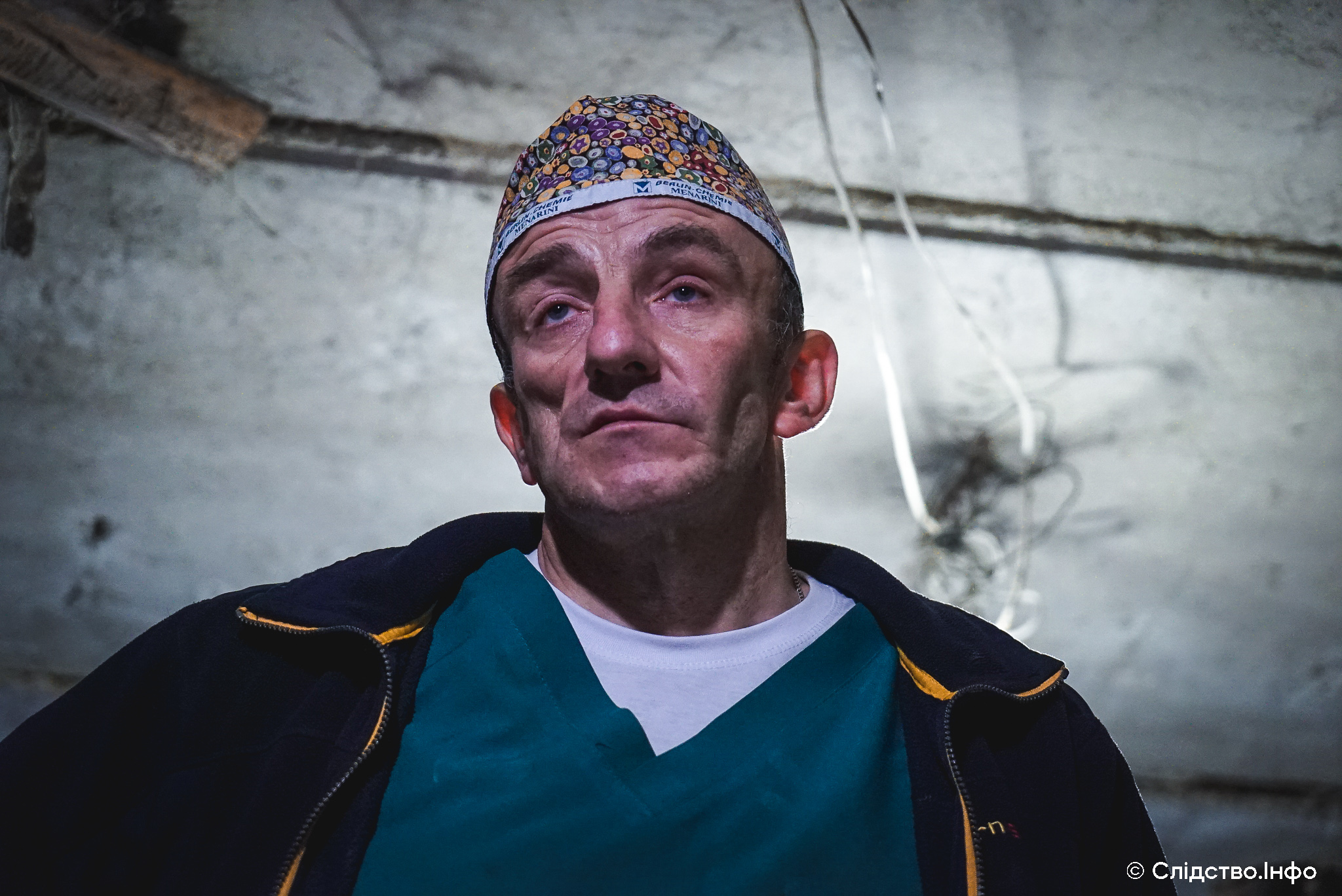
Yuriy Kuznetsov – the traumatologist of the Izyum City Hospital
During the occupation, this building was a hospital, operating theatre, and home for some of the staff. Here in the semi-darkness, 4 children were born: 2 boys and 2 girls.
“The worst thing was that there was no communication, there was no one to ask what to do and how to do it right, but we were lucky, all the children are alive and well, says the trauma surgeon, – I had to remember everything I learned at the institute on both surgery and gynecology.”
THE ONLY GYNECOLOGIST
Out of 11 gynecologists in Izyum, only one was left – Olha Besedina. She worked on the other side of the Siversky Donets (transl. – the river in the city). She says that she tried to send most of the women before the labor had started to the occupied Kupiansk as it was safer and there were more doctors there.
“I had to take delivery in a Russian military hospital. A woman was brought to them. They took her wherever they could. And what would they do with her, they are military doctors. They came to my house on an APC, took me away carrying machine guns and brought me to her”, Olha Besedina recalls.
The gynecologist took two more deliveries at her home. She sutured the tears of the woman in labor with a veterinary needle and silk thread for patching sails. She found it in her husband’s workshop, alcoholized it, and used it.
“Russians did not give me any equipment. I had a minimum at home. Even to take delivery I did not have everything, I had to invent something,” the doctor says.
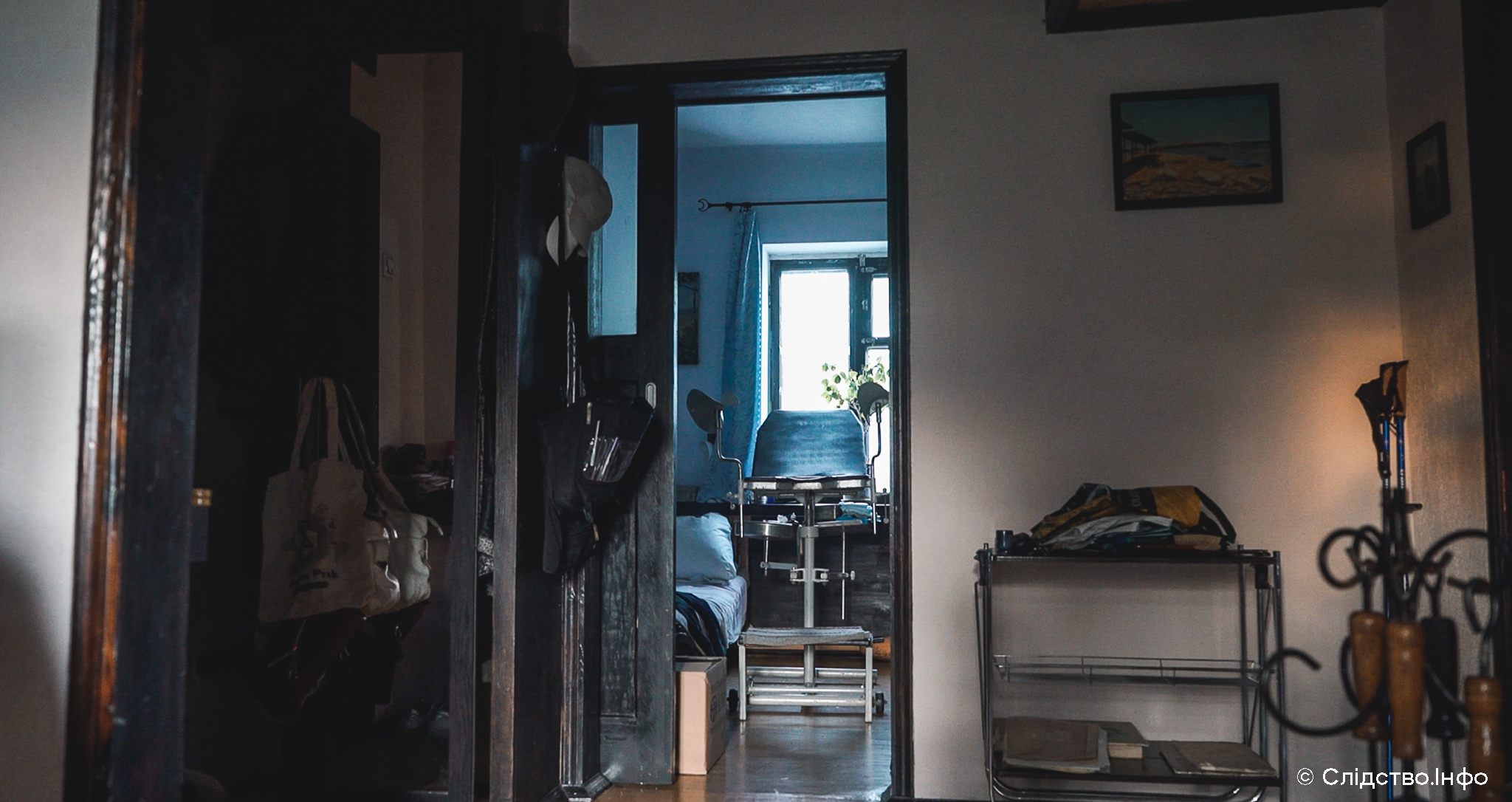
The room in Olha Besedina’s house where she took delivery during the occupation
MURDER OF A FORENSIC EXPERT
The woman did not hide her pro-Ukrainian position even in the difficult days of occupation. She says she sometimes came to work in an embroidered dress that she bought in western Ukraine before the full-scale war. And on Independence Day she put a small blue and yellow flag in her office.
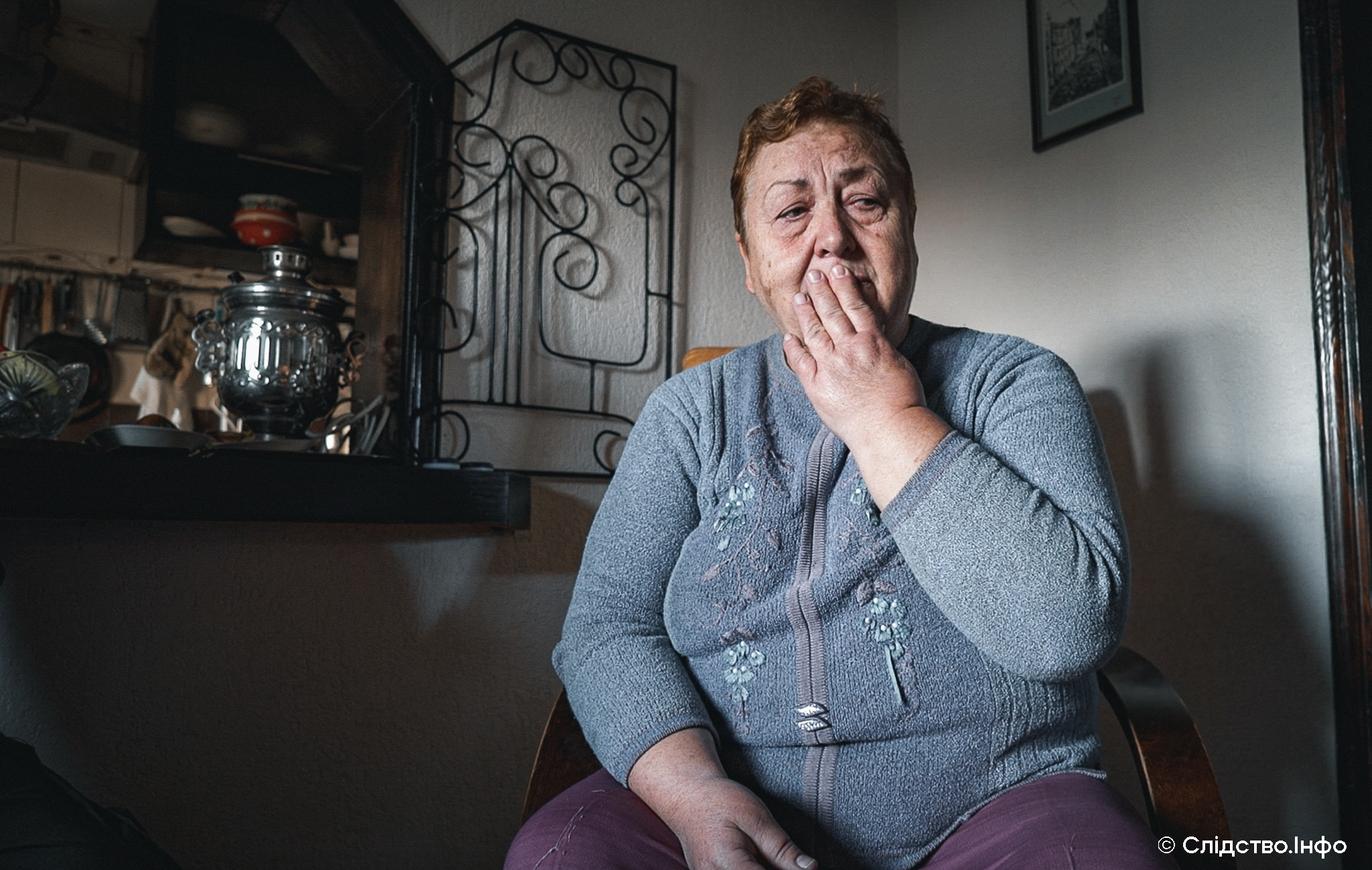
Olha Besedina remained the only gynecologist in Izium during the occupation
“I am used to living in a free country. Although not everything is as we would like it to be, but at least there is some freedom of speech, you can speak, and there – no”, says Olga Besedina, “Once I told one Russian military man that Bandera is our national hero. He flew out of the clinic as if scalded. I thought that the FSB would take me. Probably, my age saved me, I am not young anymore and the fact that I was the only one (gynecologist in Izium – ed.), they needed me.”
But not all Izyum doctors with an openly pro-Ukrainian position survived. In a conversation with ‘Slidstvo.info,’ Olha Besedina recalled the murder of a local forensic expert by Russian soldiers. This fact was mentioned by other doctors who told journalists more details.
“Our forensic expert – Fedir Zebskyy – was shot dead. He was shot right at the workplace. It seems they wanted to take his car away from him and he expressed his pro-Ukrainian position… and they just shot him,” says Anatoliy Kovalenko, the surgeon of the Central City Hospital of Izium.
TREATMENT OF THE TORTURED
Doctors were also mocked in neighboring Balakliya, which was also de-occupied by the AFU in September. There, doctors also worked under great pressure created by the Russian occupiers.
“They put machine guns to the head of the director (of the hospital – ed.) and her husband and said: “We are going to cut off your husband’s ears and make you eat them”. They were drunk, on drugs. “This is how you live here, you have such offices,” they said. They did such things here,” says Larysa, a nurse at Balakliya hospital, “They came and felt like owners here. It seems that they deliberately destroyed everything. “Why such rooms, such a hospital”. It was done by Luhansk residents. Luhansk is Ukraine. Is it possible?”.
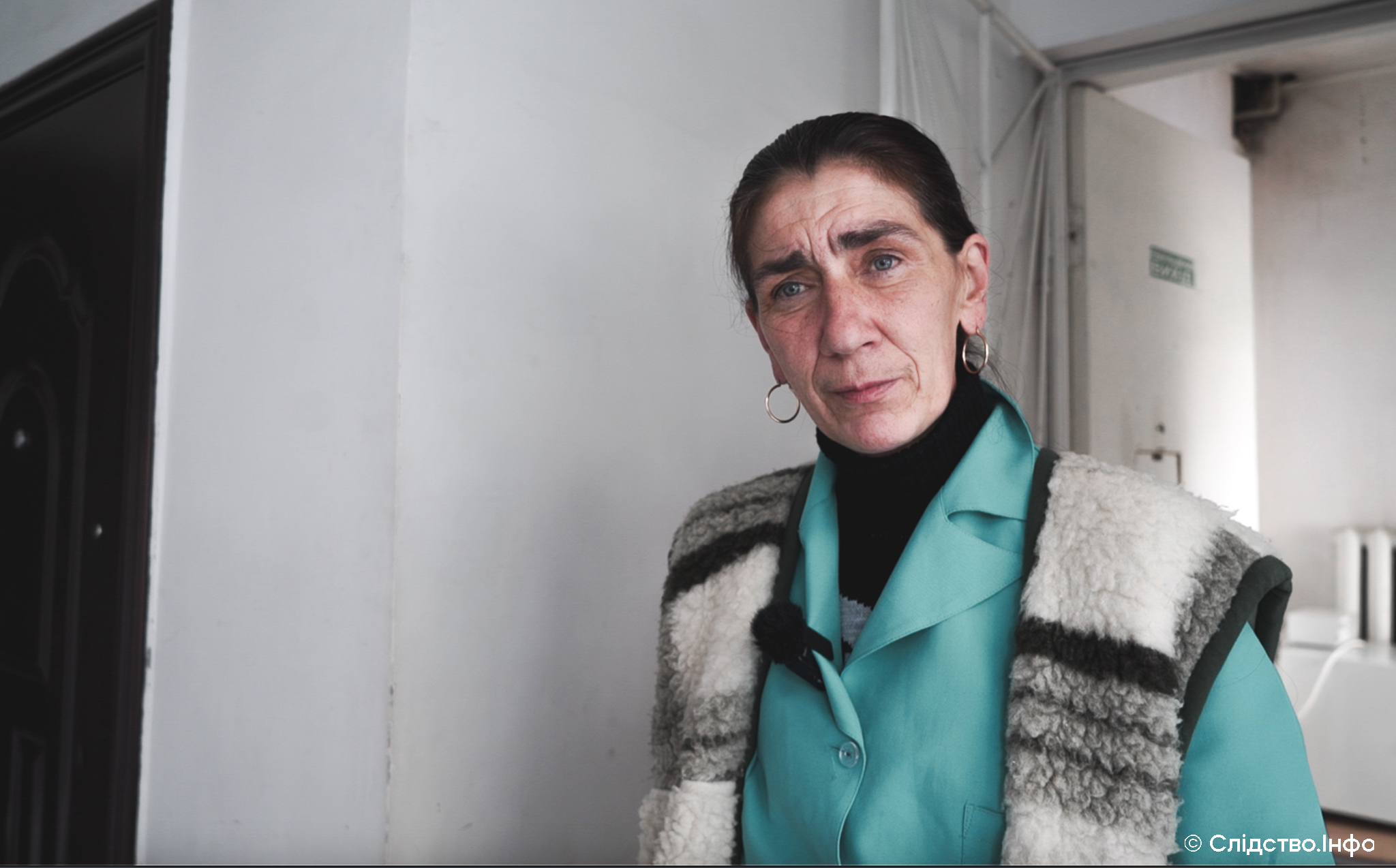
Larysa, a nurse at the Balakliya hospital
The nurse also told us about a fellow paramedic who, according to her, was killed by Russians on suspicion of working for the Armed Forces of Ukraine.
“We had a young guy Viktor working as a paramedic in the intensive care unit,” Larysa recalls, “When they showed the video, his face was unrecognizable and his knees were shot… What they did to him – you can’t watch without tears. They said he was a spotter… He had a one-month-old child”.
The doctors eventually had to leave the building of Balakliya hospital on the left side of the river. Now the building is not functioning, it continues to be demined. Most of the rooms there are destroyed or covered with garbage left by the occupiers.
Since the beginning of summer, medical care has been provided in the hospital in the city center. This building is located directly opposite the police station, where the occupiers set up a torture chamber. According to Ukrainian law enforcement officers, people were detained and tortured there during the occupation. It was possible to end up in a cell for any trifle: “you are friends with the wrong person”, “found the number of the SBU”, “knew the former military commissar” or “someone from the locals pointed a finger”. Men of all ages, women, and even children were detained.
Some of them were released in a few days – and they fell into the hands of doctors. This was told to us by the head of the therapeutic department of the Balakliya Clinical Multidisciplinary Hospital of Intensive Care Olena Mykolaivna.
“Those who came to us then all survived,” the doctor says, “I think they all eventually left for the territory controlled by Ukraine, some stayed here. Most of them had bruises, and hematomas. Those who were hit on the head were sent to Kupiansk. I do not know their further fate”.
The exact number of Ukrainians killed and tortured in Balakliya during the Russian occupation is currently unknown. Law enforcement officers assume that after clearing the territories from ammunition, new mass graves will be found in the liberated settlements.
